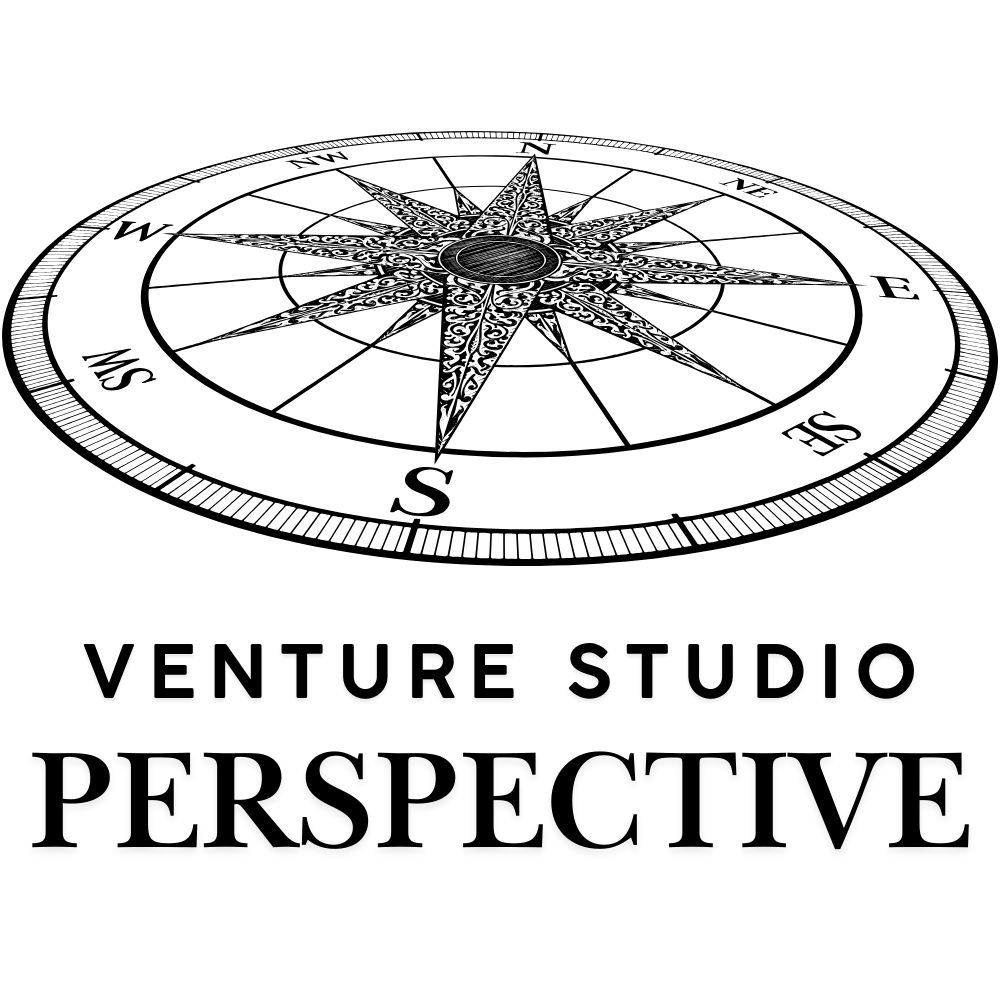A New Taxonomy for Venture Studios
In the ever-evolving landscape of private markets, we're witnessing a fascinating paradox. Venture studios, arguably one of the most significant innovations in company creation of the past decade, have demonstrated remarkable performance - achieving average net IRRs of 60% compared to 33% for top quartile traditional venture capital. Yet despite managing over $21 billion in funding and consistently outperforming traditional venture models, the category lacks the standardized frameworks that investors rely on to evaluate and compare opportunities.
The Current State: Opacity in Excellence
This gap is more than an academic concern. While investors can readily understand and compare growth equity firms through established metrics and frameworks, venture studios remain frustratingly difficult to evaluate. The challenge extends beyond simple performance metrics to fundamental questions about business model, risk profile, and value creation approach.
The issue is compounded by the diversity within the venture studio landscape. Some studios systematically build cash-flowing businesses with predictable returns. Others pursue breakthrough innovations in frontier technologies. Some create companies from scratch, while others transform existing assets. Without a common framework to understand these differences, investors struggle to:
- Evaluate strategic fit with portfolio objectives
- Compare different studio approaches effectively
- Construct balanced portfolio exposure to the category
- Assess operational capabilities and risk factors
- Understand value creation mechanisms
Why Traditional Frameworks Fall Short
Traditional venture capital frameworks prove inadequate for evaluating venture studios for several key reasons:
- Active Value Creation: Unlike traditional VC firms that primarily deploy capital, venture studios actively build and scale companies from inception. This operational intensity requires different evaluation criteria.
- Multiple Value Drivers: Studios combine entrepreneurial insight, operational capability, and investment discipline in ways that don't map cleanly to existing frameworks.
- Diverse Economic Models: The variation in studio approaches - from income-focused to breakthrough innovation - demands more nuanced classification than traditional venture metrics provide.
A New Framework for Understanding Studios
Drawing from extensive research and practitioner insights, we propose mapping venture studios across two fundamental dimensions that define their approach to value creation:
Investment Profile - How Studios Generate Returns
This dimension captures the fundamental approach to value creation and return generation:
Breakthrough-Return
- Tackling frontier markets and deep technology opportunities
- Category creation driving outsized outcomes
- Highest risk profile with potential for extraordinary returns
- Often seen in biotech, climate tech, or other deep tech sectors
Venture-Return
- Targeting high-growth opportunities in established categories
- Clear paths to venture capital funding rounds
- Higher risk profile with venture-scale return targets
- Focus on rapid scaling and market capture
Growth-Focused
- Pursuing equity value appreciation through operational scale-up
- Analogous to traditional private equity strategies
- Focus on building companies that can achieve significant scale
- Balance of growth and operational efficiency
Income-Focused
- Building sustainable businesses engineered for consistent profit distribution
- Similar to yield-focused real estate or infrastructure investments
- Regular profit distribution often targeted
- Lower risk profile with predictable returns
Formation Stage - When and How Studios Engage
This dimension maps how studios engage in the company building process:
Founder Role
- Pure company creation
- Originating and validating ideas
- Bringing in leadership post-validation
- Highest degree of early-stage control
Cofounder Role
- Partnering at concept
- Working as true cofounders
- Collaborative approach to validation and building
- Shared control with founding team
Late Cofounder Role
- Joining existing early-stage ventures
- Working with validated ideas or MVPs
- Focus on achieving product-market fit
- Value-add through crucial capabilities
Refounder Role
- Acquiring and reinventing existing assets
- Working with established IP or underperforming companies
- Focus on reinvention and optimization
- Value creation through transformation
Strategic Implications for Investors
This framework provides several crucial benefits for institutional investors:
- Portfolio Construction: Enables thoughtful exposure across different studio types and risk profiles
- Due Diligence Focus: Highlights key areas for evaluation based on studio classification
- Performance Benchmarking: Creates peer groups for meaningful performance comparison
- Risk Assessment: Provides clear parameters for understanding and evaluating risk factors
- Strategic Alignment: Helps match studio approaches with portfolio objectives
The Path Forward
This taxonomy represents an initial step toward bringing institutional-grade rigor to venture studio evaluation. As the category continues to mature, we expect this framework to evolve through:
- Practitioner feedback and refinement
- Emergence of new studio models
- Development of stage-specific performance benchmarks
- Evolution of best practices within each classification




